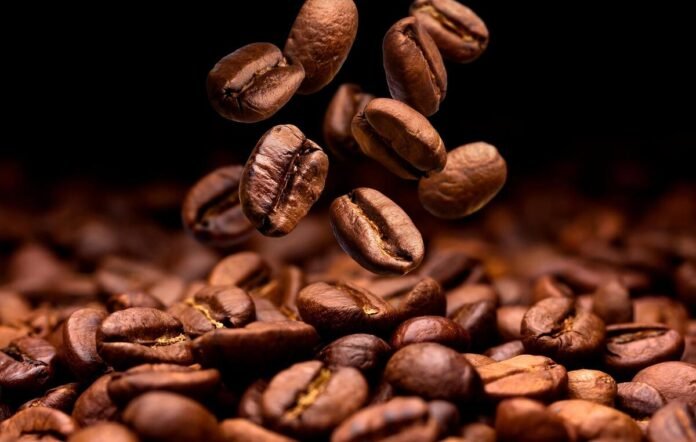As of April 5, 2025, a new 10% general import tariff imposed by former President Donald Trump is driving up prices across various sectors—including your morning cup of coffee. While select goods like smartphones and laptops are temporarily exempt, coffee imports remain fully subject to the new tariff, directly impacting American consumers and café owners alike.
The U.S., one of the largest coffee importers in the world, relies heavily on beans from countries like Brazil, Vietnam, Colombia, Ethiopia, and Guatemala. With the tariff now in effect, U.S. coffee roasters and importers have begun raising prices to maintain profitability, passing costs down to local cafés and, ultimately, to customers.
According to Business Insider and BBC, coffee shops across the country—from The Crown in Oakland, CA to Au Lait in Washington, D.C.—have reported price hikes ranging from 25 cents to 50 cents per cup. Some cafés are also noticing a decline in customer volume, as inflationary pressure meets tariff-driven price surges.
Chris Kornman of Royal Coffee, a major importer, described the situation as an “unprecedented crisis” in the U.S. coffee industry. Industry insiders warn that if Trump fails to negotiate trade deals before the 90-day tariff suspension for specific countries ends, further price increases could be on the horizon.
The tariff is part of a broader economic strategy unveiled by Trump on April 2, which includes differentiated rates for individual trading partners—though their enforcement has been temporarily paused for 90 days. Still, the general 10% tariff remains active and is already reshaping the coffee market in the U.S. amid ongoing inflation.




